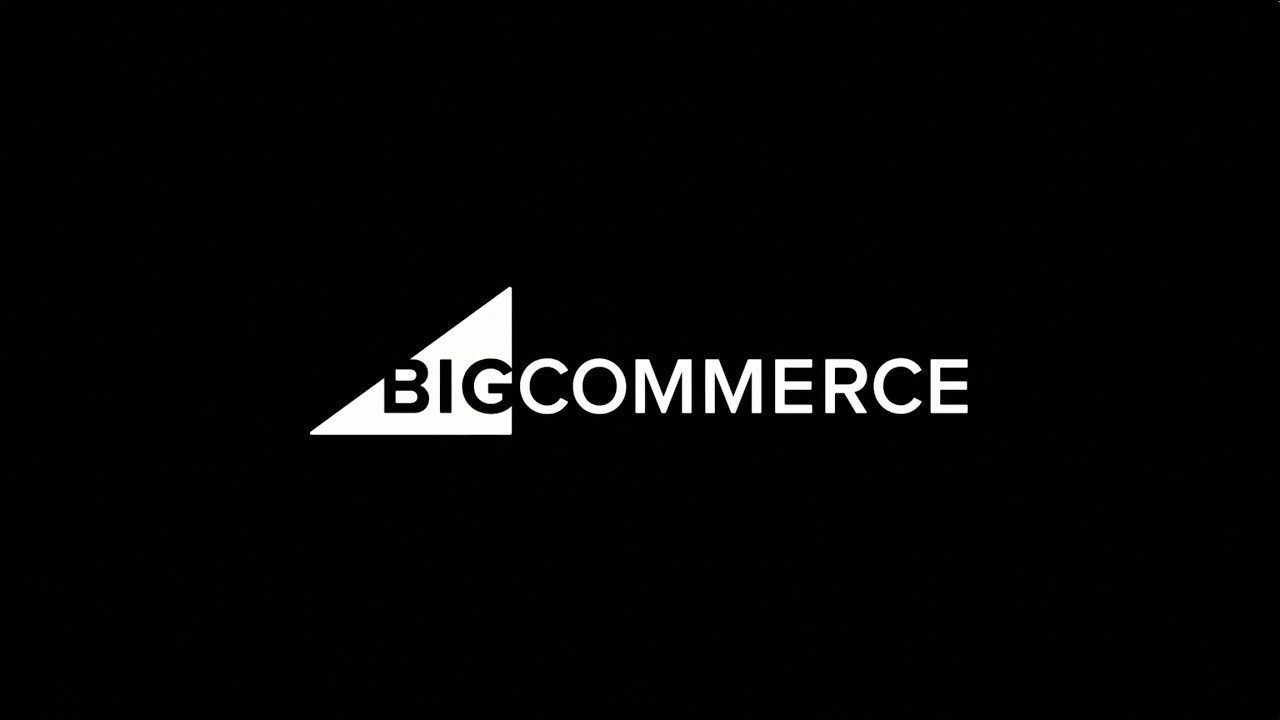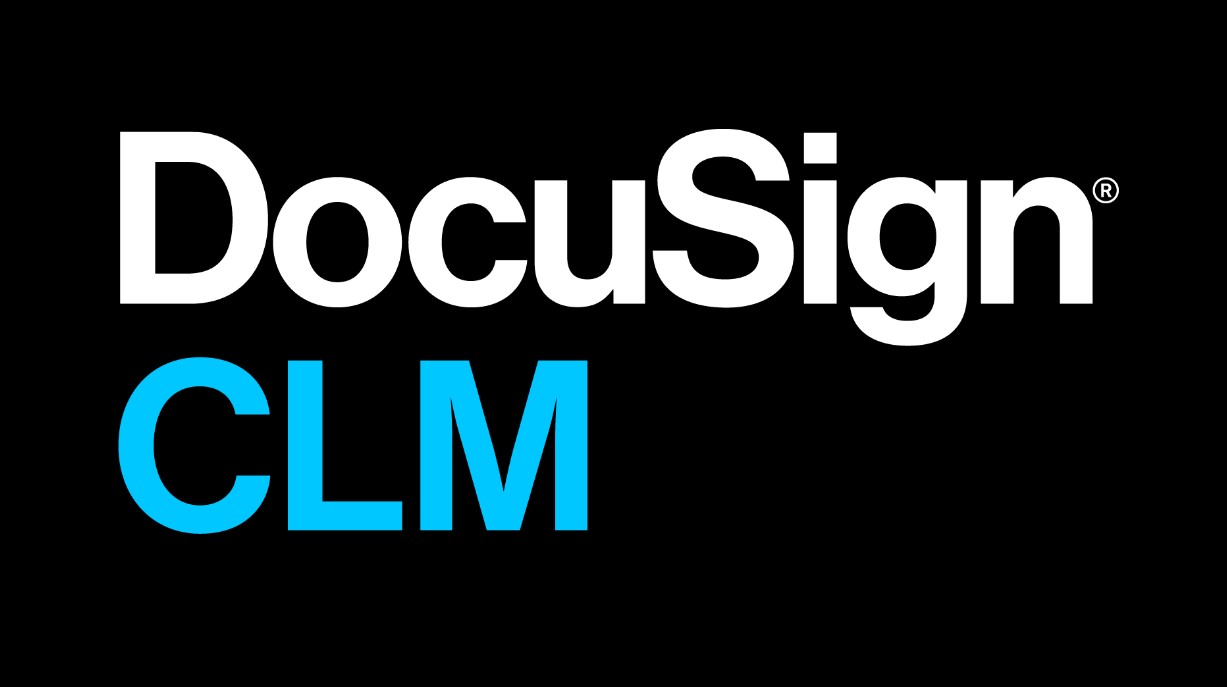Description
Introduction
Integrating Microsoft Message Queuing (MSMQ) with third-party systems is essential for building interconnected applications that ensure seamless communication and data exchange. This course provides practical insights into designing and implementing MSMQ-based integrations with diverse systems, covering best practices, challenges, and real-world solutions. With this knowledge, you will be able to leverage MSMQ’s messaging capabilities in hybrid environments effectively.
Prerequisites of MSMQ
- Basic Knowledge of Microsoft Message Queuing (MSMQ)
- Familiarity with APIs and Third-Party Software
- Understanding of Application Development and Middleware Technologies
Table of Contents
- Introduction to Third-Party System Integration with MSMQ
1.1 Overview of Integration Scenarios and Use Cases
1.2 Benefits of MSMQ for Asynchronous Communication
1.3 Key Challenges in Third-Party Integration - Planning the Integration Architecture
2.1 Designing Interoperable Messaging Systems
2.2 Choosing the Right Integration Approach (APIs, Adapters)
2.3 Aligning Integration with Business Requirements - Connecting MSMQ with Enterprise Systems
3.1 Integrating MSMQ with ERP and CRM Platforms
3.2 Using MSMQ with Data Warehousing Solutions
3.3 Case Study: MSMQ Integration with SAP Systems - Using MSMQ with Cloud-Based Services
4.1 Connecting MSMQ to Azure Service Bus and AWS SQS(Ref: AWS Cloud9 IDE and Java / PHP)
4.2 Hybrid Cloud and On-Premise Integration
4.3 Synchronizing Data Across Cloud and MSMQ Environments - APIs and Adapters for MSMQ Integration
5.1 Leveraging .NET APIs for MSMQ Interoperability
5.2 Implementing Custom Adapters for Legacy Systems
5.3 Using Middleware for Enhanced Connectivity - Message Transformation and Data Mapping
6.1 Formatting Messages for Compatibility
6.2 Implementing Data Mapping and Transformation Logic
6.3 Ensuring Data Integrity during Transmission - Ensuring Reliable Message Delivery
7.1 Implementing Acknowledgments and Retries
7.2 Managing Failures with Dead Letter Queues
7.3 Using Transactional Queues for Consistent Messaging - Security and Compliance Considerations
8.1 Securing Message Transmission Across Systems
8.2 Implementing Authentication and Authorization
8.3 Ensuring Compliance with Data Protection Standards(Ref: MSMQ Architecture: A Comprehensive Overview) - Monitoring and Troubleshooting Integration Issues
9.1 Setting Up Alerts for Message Delivery Failures
9.2 Analyzing Logs for Integration Issues
9.3 Troubleshooting Common Errors in MSMQ Connections - Real-World Use Cases and Success Stories
10.1 Integration with Payment Gateways
10.2 Synchronizing E-commerce Platforms with MSMQ
10.3 Lessons from Successful MSMQ-Third-Party Integrations
Conclusion
This course equips you with the tools and techniques to integrate Microsoft Message Queuing (MSMQ) with third-party systems efficiently. You will gain hands-on insights into building robust messaging solutions that connect cloud services, enterprise platforms, and legacy systems. By following best practices and learning from real-world examples, you will be able to develop scalable, secure, and reliable integrations that meet diverse business needs.







Reviews
There are no reviews yet.